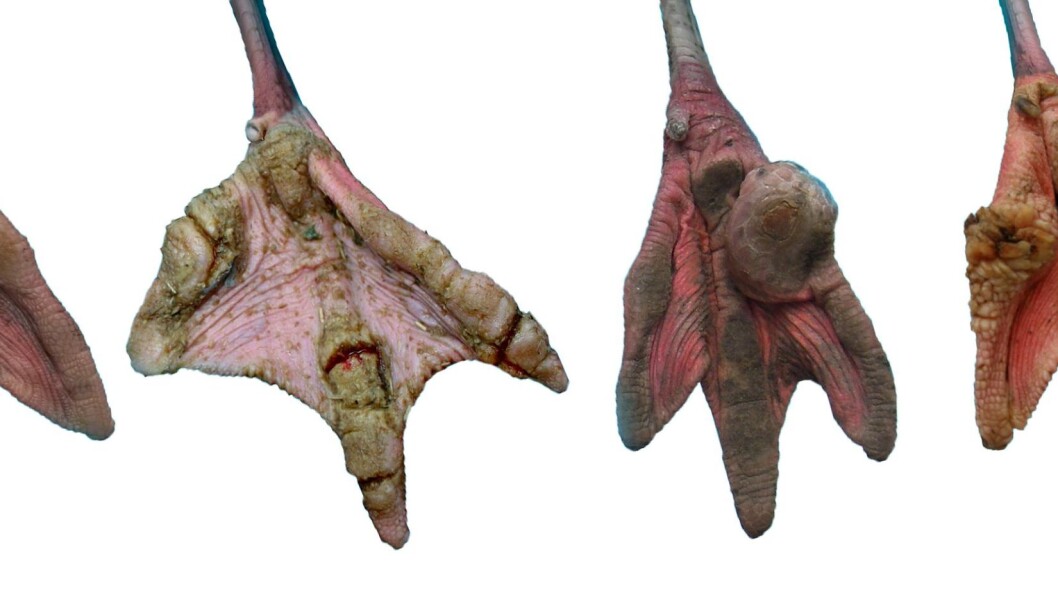In another new solution to adapting to a Coronavirus world, the
Oklahoma City Zoo will be partially reopening, by appointment only. Visitors will have the option of purchasing time-stamped tickets (a select number available per day) and touring the grounds. Well, not all of the grounds. Indoor exhibits - such as the reptile house and aquarium - will be shuttered temporarily.
It's not ideal (at least I feel so - I love Oklahoma City's Herpetarium), but the zoo probably figures that it's better than nothing and it'll at least bring in some revenue. It got me thinking...

OKC Zoo Sumatran tiger, credit Andrea Johnson
What would zoos look like if this was going to be
forever and we had to adapt accordingly? Or, if we were rebuilding facilities (or planning new ones)for a world were this kept happening, every year?
We would essentially be imagining a zoo without crowds. For one thing, that would likely mean phasing out indoor exhibit areas. That would seriously diminish exhibits of small mammals, especially reptiles and amphibians. We'd probably only have crocodilians, giant tortoises, and a few species of large lizard, such as iguanas and
Komodo dragons. Small mammal exhibits would be greatly diminished too, especially nocturnal species. Aquariums wouldn't be facing too bright of a future either.
Even with species that could be exhibit outdoors, the emphasis would move to larger animals that could be seen easily by a group of people spread out. I could imagine moated exhibits making a comeback, replacing glass- or mesh-fronted habitats. Keeping animals distant from visitors and viewing areas means that visitors aren't crowded at a window if the animal comes close.
With fewer visitors allowed in during the busy summer, there would be a stronger need for the zoo to be a year-round attraction. Without indoor exhibits, however, that would mean adjusting animal collections to species that could be comfortably housed outdoors year-round, or at least mostly year-round. Southern zoos might not experience a tremendous change, but northern ones might have to readjust their collections to feature more
cold-hardy species.
It's possible that zoos could shift towards a safari-park plan, where visitors stay in their cars and are contained (with their germs) that way. It would seriously limit the variety of species that the zoos could work with, though - even many hoofed mammals don't work out great in such situations.
Lastly, as projected incomes would shrink, so would zoo collections and the variety and number of species held within them. The zoo of the hypothetical Coronavirus-permanent world look a lot like the computer game
Zoo Tycoon - a few dozen species of large, popular animals, almost all mammals, with an emphasis on getting visitors in, then getting them out. Support of conservation and research would take a hit. Intimate moments - meeting a tiger face-to-face at a viewing window - would be lost. Walking through a muggy tropical rainforest, separated from the winter snows by a glass dome, would be a thing of a past. The many unique, critically-endangered species of reptiles, amphibians, birds, small mammals, fish, and invertebrates would be phased out.
So, if I wasn't already looking forward to this ending, I really am now. Zoos and aquariums can and should always strive to improve... but this isn't the direction I would want to see them go in.
















